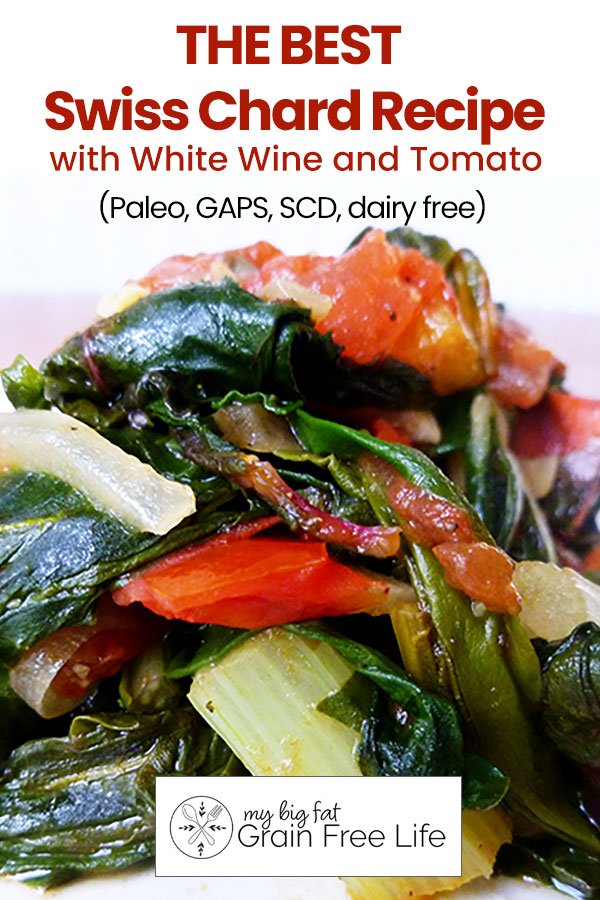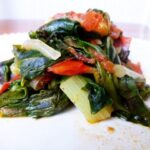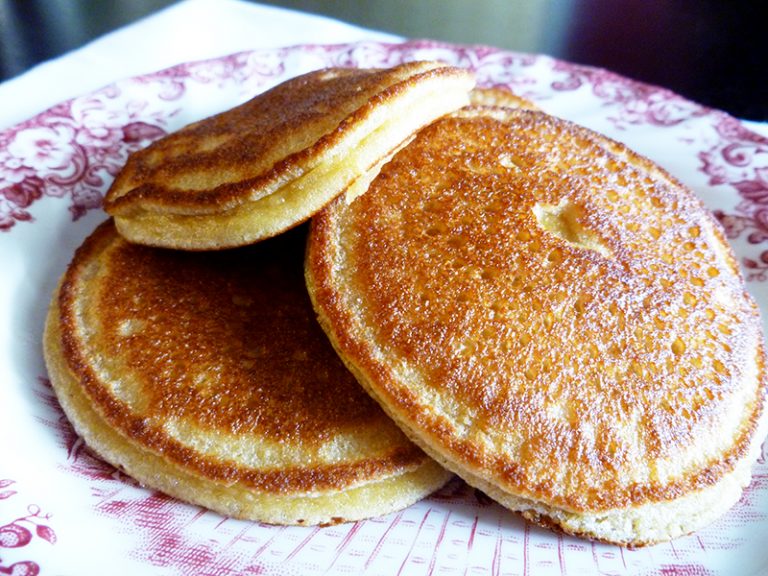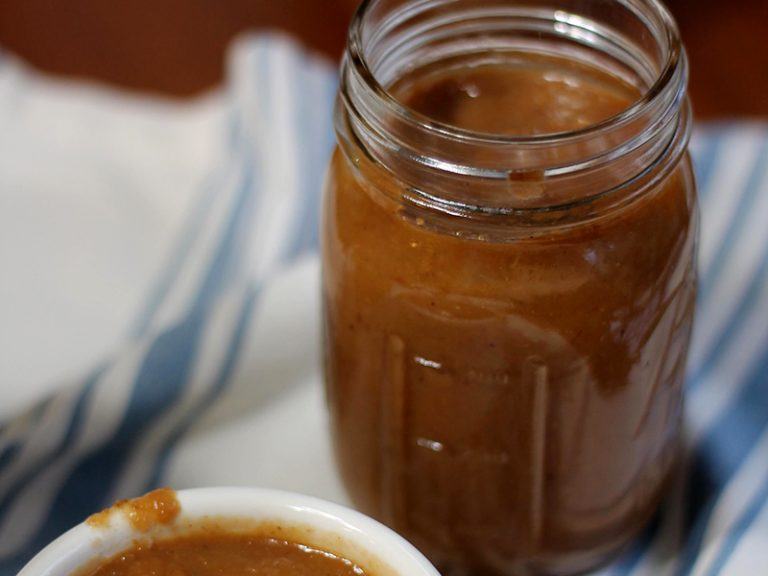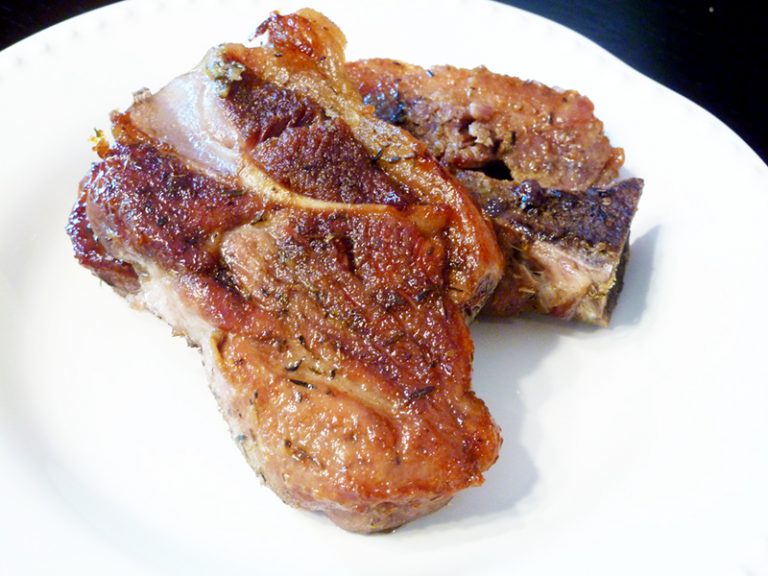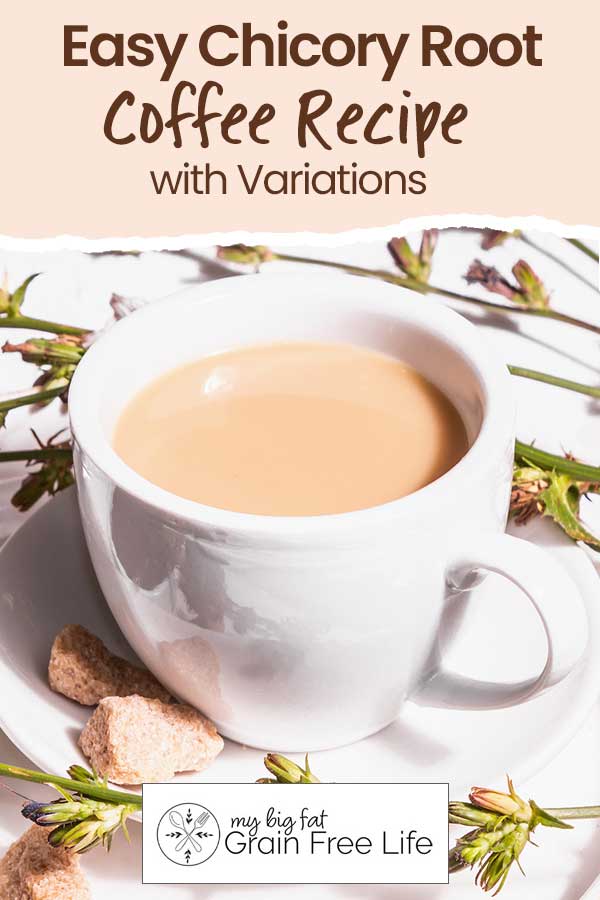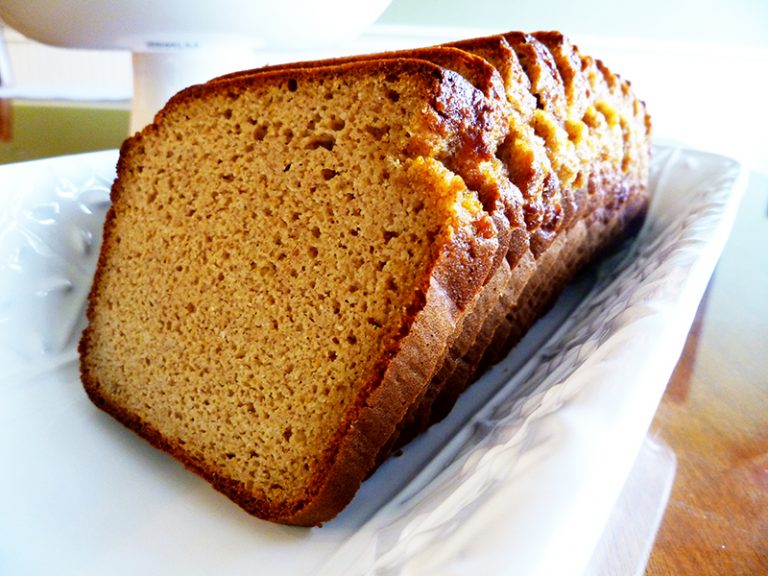The Best Swiss Chard Recipe with White Wine and Tomato
This post may contain affiliate links. If you make purchase after clicking a link, I may receive a commission at no extra cost to you.
Last Updated on July 27, 2023
Swiss chard is one of the leafy greens that can taste amazing if it’s cooked right. My paleo swiss chard recipe with white wine and tomato is suitable for the Paleo, GAPS, and SCD diets. It’s also dairy-free and tastes amazing!
Swiss Chard Recipe
If you’ve been hunting for an easy swiss chard recipe that tastes great, this is it! This simple Swiss chard recipe makes a tasty side dish or even a wonderful vegetarian main dish. It has a short cooking time, so it’s super easy to put together and a great way to incorporate green leafy vegetables into your diet.
First, let’s learn a little about Swiss chard.
What is Swiss Chard?
Swiss chard is a cruciferous vegetable that belongs to the same family as beets and spinach. With its colorful stems and large, dark green leaves, Swiss chard is not only visually appealing but also offers a plethora of nutritional benefits.
Known for its versatility in the kitchen, Swiss chard can be enjoyed both raw and cooked. When eaten raw, its tender leaves have a mild and slightly earthy flavor, making it a great addition to salads or smoothies. You can also add it to kale juice if you enjoy drinking green juices.
When cooked, Swiss chard develops a slightly sweeter taste and a tender texture.
What Does Swiss Chard Taste Like?
Swiss chard is like a leafy green superhero bursting with flavor!
Imagine a combination of spinach and beet greens, with a hint of earthiness and a touch of sweetness. Its tender leaves have a slightly crunchy texture, similar to kale, but without the bitterness.
When cooked, Swiss chard takes on a mild, nutty flavor that pairs well with a variety of dishes.
Nutritional Benefits of Swiss Chard
According to Rebecca Katz, author of The Cancer Fighting Kitchen, Swiss chard is anti-inflammatory and loaded with beta-carotene, fiber and vitamins A and C. It’s also an excellent source of vitamins K, magnesium, potassium, and iron.
Swiss chard is rich in antioxidants, including beta-carotene and flavonoids, which help protect the body against harmful free radicals and reduce the risk of chronic diseases.
Additionally, the fiber content in Swiss chard promotes healthy digestion and contributes to a feeling of fullness, making it a great choice for those looking to maintain a healthy weight.
The variety of colors in Swiss chard stems and vibrant appearance of the deep green leaves, along with the numerous health benefits make it a standout vegetable worth exploring.
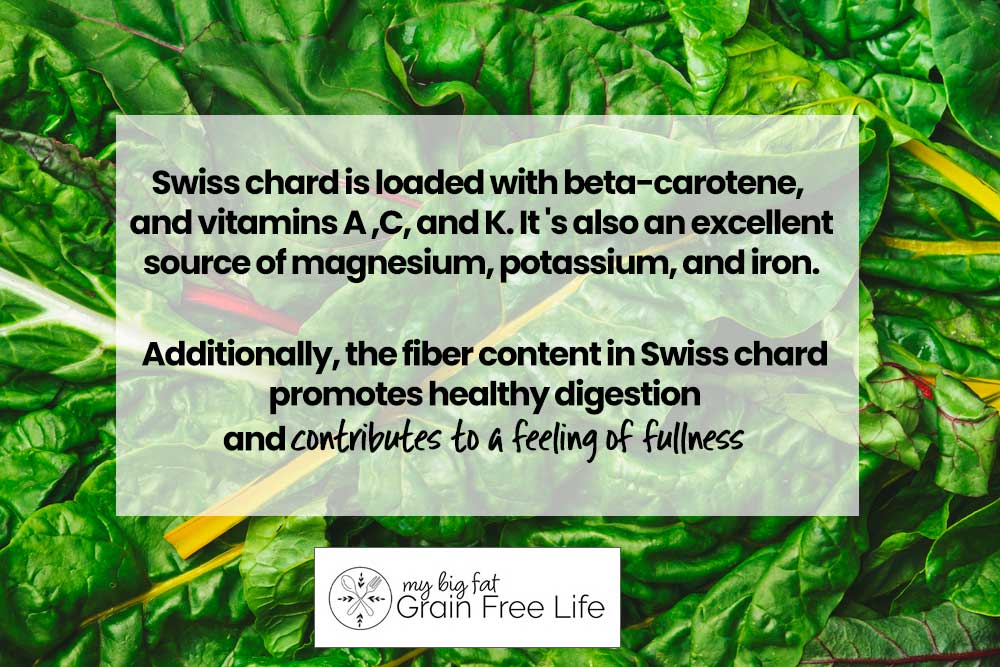
How to Cook Swiss Chard
Cooking Swiss chard is easy, but you do need to follow certain steps in order to prepare it correctly.
Prepare the Chard Stalks and Leaves
The first step is to prepare the Swiss chard for your recipe. You don’t have to clean it before cutting it – it’s actually easier to clean it after you have cut the leaves and chopped the stems.
Let’s start by stemming the chard.
How to Stem Chard
The easiest way to work with Swiss chard is to cut the stems and leaves separately. So, go ahead and cut the stems off the chard and set aside.
Cutting Swiss Chard Leaves
Now that the Swiss chard stems have been cut off, you can stack the leaves on top of each other and cut them into strips. Next, cut the chard across the strips to cut into pieces in whatever size you desire.
Remember, they will wilt while cooking, so no need to make them too small.
Cutting Chard Stems
Go ahead and grab the stems you cut off when you started. All you do next is to dice them into small pieces, about 1/2-1 inch big.
How to Clean Swiss Chard
Now that your Swiss chard is all chopped up, you can place it in a colander and give it a good rinse. Be sure to move it around well with your hads to ensure all the dirt is removed (you don’t want gritty chard!).
Ingredients for Swiss Chard Recipe
The ingredients for my Swiss chard recipe are pretty basic. Instead of using red wine vinegar or balsamic vinegar as some recipes call for, I use white wine. It gives it a nice, delectable flavor.
Here’s what you need for this easy Swiss chard recipe:
- Bunch of Swiss Chard (Any Variety)
- Extra Virgin Olive Oil
- Ghee, or Other Fat (Coconut Oil or Avocado Oil, Lard)
- White Wine
- Ripe Tomato, Diced
- Clove Garlic, Minced or Pressed
- Water or Chicken Broth, if Needed
- Salt & Pepper
Steps to Make Swiss Chard Recipe
- After you have prepared the chard, set aside.
- Heat a large skillet on medium heat. Once hot, add your oil to the pan.
- Next, cook the onions until they are soft and and turning brown (but not burnt).
- After that add in the tomato and cover.
- Steam for a few minutes to allow the juice from the tomato to be drawn out.
- Remove the pan from the heat and add the garlic, giving it a good stir for about 30 seconds.
- Next, add the white wine and stir.
- Add the Swiss chard stems and cover the pan. Reduce heat to low and cook for about 3 to 4 minutes.
- Next, add the chard leaves, cover, and allow to cook for 4-5 minutes.
- Allow the chard to steam, while keeping an eye on the liquid. If it seems dry, just add a little water or chicken stock.
- The Swiss chard is done when it’s tender to your liking, while still maintaining the bright green color.
- Add salt and pepper to taste and serve.
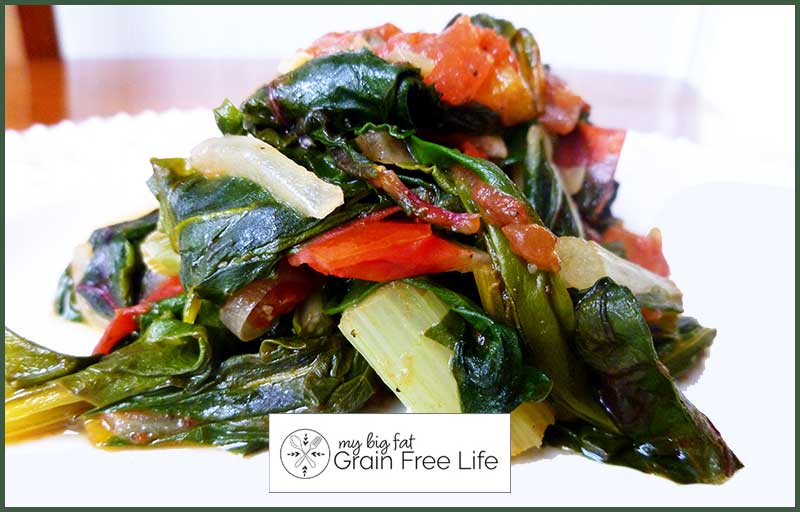
Other Greens You Can Mix With Swiss Chard
- Beet Greens
- Cooked Kale
- Collard Greens
- Sauteed Rainbow Chard
Variations for Easy Sautéed Swiss Chard Recipe
You can add some flare to this simple sautéed Swiss chard recipe by topping it with a variety of items:
- pine nuts
- sliced almonds
- feta cheese
- parmesan cheese
- red pepper flakes
- use shallots instead of onions
- add loads of garlic instead of just one clove
Buying Swiss Chard
You can find Swiss chard at most grocery stores and at the farmers market. There are several varieties of chard, for this recipe we use Swiss chard, but rainbow chard would work just as well.
Look for organic chard with large leaves that are vibrant in color.
Storing Swiss Chard
Proper storage is key to keeping your Swiss chard fresh and flavorful for as long as possible.
Here are some tips on the best way to store this leafy green:
- Start by removing any rubber bands or twist ties that may be holding the bunches of chard together. This will prevent unnecessary bruising or damage to the leaves.
- Rinse the Swiss chard leaves thoroughly under cool running water to remove any dirt or debris. Gently pat them dry with a clean towel or paper towel.
- Next, grab a resealable plastic bag or an airtight container. Place the Swiss chard leaves inside, making sure to leave some room for air circulation. You can also loosely wrap the leaves in a damp paper towel before storing them, as this helps maintain their moisture.
- Store the Swiss chard in the crisper drawer of your refrigerator. The cool temperature will help to preserve its freshness. Aim to use it within 3 to 5 days for the best flavor and texture.
- Remember, Swiss chard is a delicate leafy green, so try to avoid storing it near strong-smelling foods like onions or garlic. These odors can transfer and affect the taste of your Swiss chard.
Can You Freeze Swiss Chard?
Freezing Swiss chard is a great way to preserve its freshness and nutritional value for later use.
Here’s the best way to freeze Swiss chard:
1. Wash and Prepare the Swiss Chard. Once clean, pat the fresh chard dry using a clean kitchen towel or paper towels.
2. Blanch the Swiss Chard: Blanching is an essential step in the freezing process, as it helps retain the color, texture, and flavor of the Swiss chard. Bring a large pot of water to a boil and prepare an ice bath by filling a bowl with cold water and ice cubes. Submerge the Swiss chard leaves in the boiling water for about 2 minutes, or until they become vibrant and tender. Immediately transfer the blanched leaves to the ice bath to stop the cooking process.
3. Drain and Package: Once the Swiss chard leaves have cooled in the ice bath, remove them and gently pat them dry using a clean kitchen towel. Allow them to air dry for a few minutes to ensure there is no excess moisture.
Now, it’s time to package them for freezing:
Freezer Bags: Place a handful of Swiss chard leaves in a labeled freezer bag, squeezing out as much air as possible before sealing it. Flatten the bag to create a compact, space-saving package. Alternatively, you can roll the leaves tightly and wrap them in plastic wrap before placing them in the bag.
Freezer Containers: If you prefer using containers, arrange the Swiss chard leaves neatly inside, leaving a little headspace for expansion during freezing. Seal the containers tightly with lids or plastic wrap.
4. Label and Freeze: Don’t forget to label your freezer bags or containers with the date of freezing. Lay the bags or containers flat in the freezer to allow for easier stacking and efficient use of space.
5. Thaw and Use: When you’re ready to use the frozen Swiss chard, simply remove the desired amount from the freezer and thaw it in the refrigerator overnight. Once thawed, you can incorporate it into your favorite recipes, such as stir-fries, soups, stews, or even smoothies.
What’s the Difference Between Swiss Chard and Rainbow Chard?
Swiss chard and rainbow chard may look similar, but there are a few key differences between them. Swiss chard, also known as silver beet or simply chard, has dark green leaves with thick, white stems. It has a slightly earthy flavor and is packed with nutrients like vitamins A, K, and C.
On the other hand, rainbow chard is a variety of Swiss chard that features vibrant, colorful stems in shades of red, orange, yellow, and pink. These stems add a beautiful visual appeal to dishes and salads.
They both offer a mild and slightly bitter taste, but the colorful stems of rainbow chard can add a touch of sweetness.
What to Serve with this Sauteed Chard Recipe
Our favorite way to eat this green is alongside navy beans and AIP pork chops. It also goes well with roasted chicken, pulled pork.
PrintSwiss Chard with White Wine and Tomato (Paleo, GAPS, SCD, dairy free)
Ingredients
- 1 bunch of Swiss Chard (any variety)
- 1 tablespoon extra virgin olive oil
- 1 tablespoon ghee, or other fat (coconut oil, avocado oil, lard)
- 1/4 cup white wine
- 1 ripe tomato, diced (or use 4 roasted tomatoes)
- 1 clove garlic, minced or pressed
- water, if needed
- salt & pepper, to taste
Instructions
- Wash chard and chop.
- Heat a large saute pan on medium to medium-high heat. Once hot, add your oil to the pan.
- Cook the onions until they are soft and and turning brown (but not burnt).
- Add in the tomato and cover.
- Steam for a few minutes to allow the juice from the tomato to be drawn out.
- Remove the pan from the heat and add the garlic, giving it a good stir for about 30 seconds.
- Add the white wine and stir.
- Add the Swiss chard stems and cover the pan. Reduce heat to low and cook for about 3 to 4 minutes.
- Add the chard leaves, cover, and allow to cook for 4-5 minutes.
- Allow the chard to steam, while keeping an eye on the liquid. If it seems dry, just add a little water or chicken stock.
- The Swiss chard is done when it’s tender to your liking, while still maintaining the bright green color.
- Add salt and pepper to taste and serve.

